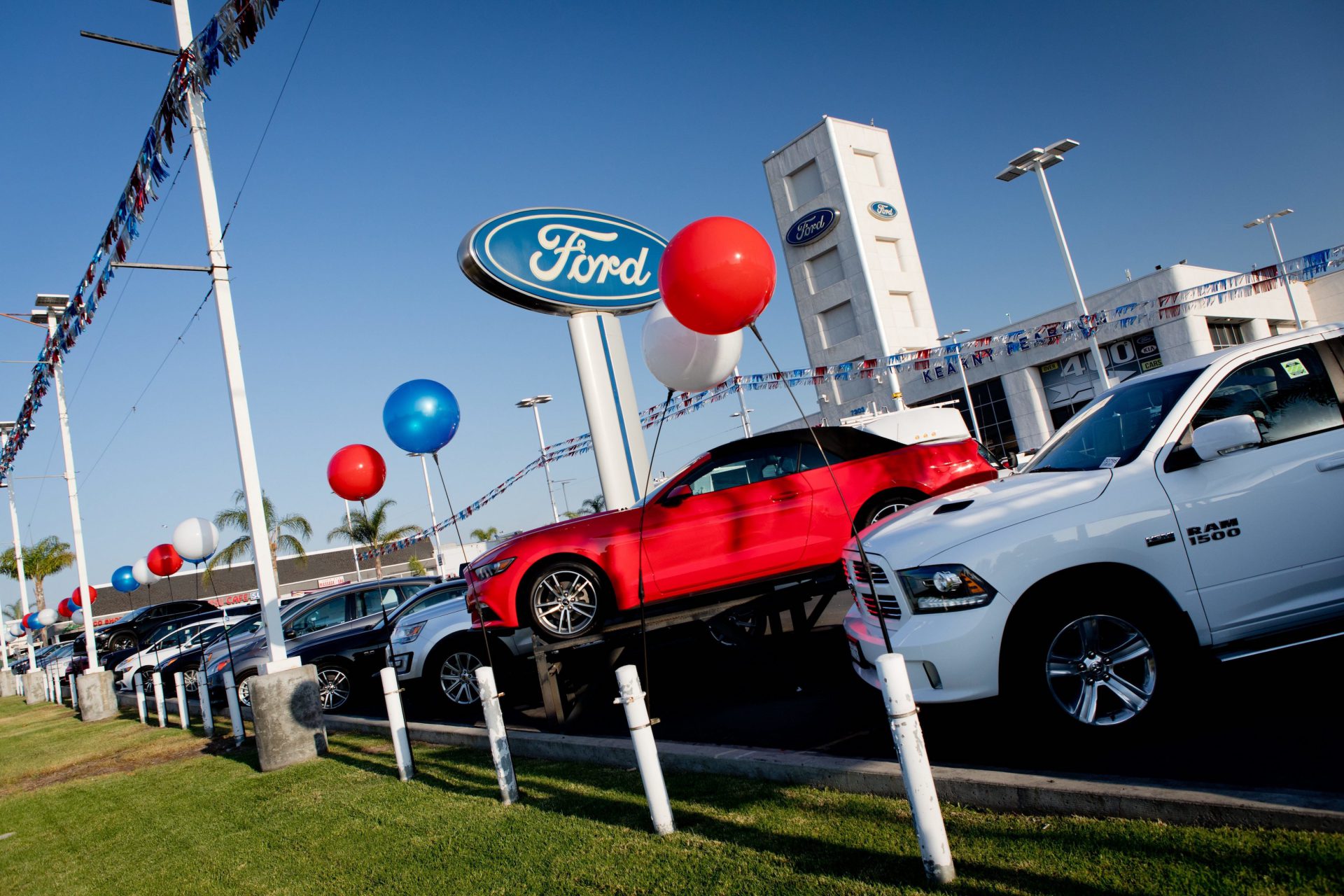

Auto sales in the U.S. are slumping, and it appears that this is just the beginning of a major downturn for automotive sales across the board, if a new report is to be believed. According to a study by J.D. Power and LMC Automotive, the industry will enter its fifth consecutive year of decline in 2020, and there aren’t indications of it getting better anytime soon despite the ever-growing amount of vehicle offerings.
Specifically, the report suggests that U.S. consumer auto sales will reach around 13.48 million units by the end of the year– that’s a decline of 205,000 vehicles from 2019 and an estimated 18.3% downturn since the industry’s last year of growth in 2014. Expectedly, automakers are downsizing their operations and even altering their financial reporting metrics to smooth out the bumps of poor sales figures by switching from monthly to quarterly reporting. This will keep stakeholders from focusing on month-over-month speedbumps and hopefully show more stable results four times per year.
Despite the industry demand slowing, the price consumers pay for the average new car is rising. In January 2018, the average cost of a new vehicle was $32,169–that same figure is now calculated at $33,982, an increase of nearly 6% in two years. To counterbalance the price increases, automakers are helping keep the market afloat by offering record incentives to stimulate sales of new vehicles. The average incentive spending for passenger cars increased by 9.1% to $3,952 per sale, whereas trucks and SUVs only increased by 5.5% to $4,200. Together this brings average incentive pricing to around $4,136 per transaction; a number which has never been seen so early in any given year.
Large vehicle fever is still sweeping across the U.S. as consumers pour money into trucks and SUVs at a substantially higher rate than they do cars. In fact, 2020 has gone on record as the highest level ever of this metric for the month of January with 72.5 percent of all new vehicle sales being trucks or SUVs.
Perhaps one of the more interesting points surrounds the rise of battery-electric vehicles (BEV). J. D. Power notes that the BEV market is expected to double in 2020, from 16 to 33 total offerings in the market. It’s not clear how this will affect total vehicle sales, especially with BEV costs still remaining elevated (versus a traditionally powered vehicle) and price being a major inhibitor in new vehicle sales.
The combination of lower sales and higher prices means that Americans are expected to spend around $29.1 billion on new vehicles in January alone–$600 million more than 2019. If this trend continues, the industry might continue to see higher revenue despite a lower total number of vehicles hitting the street.
Got a tip? Send us a note: tips@thedrive.com